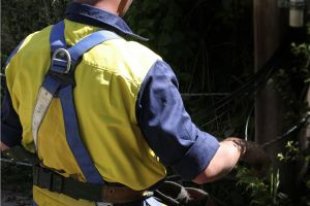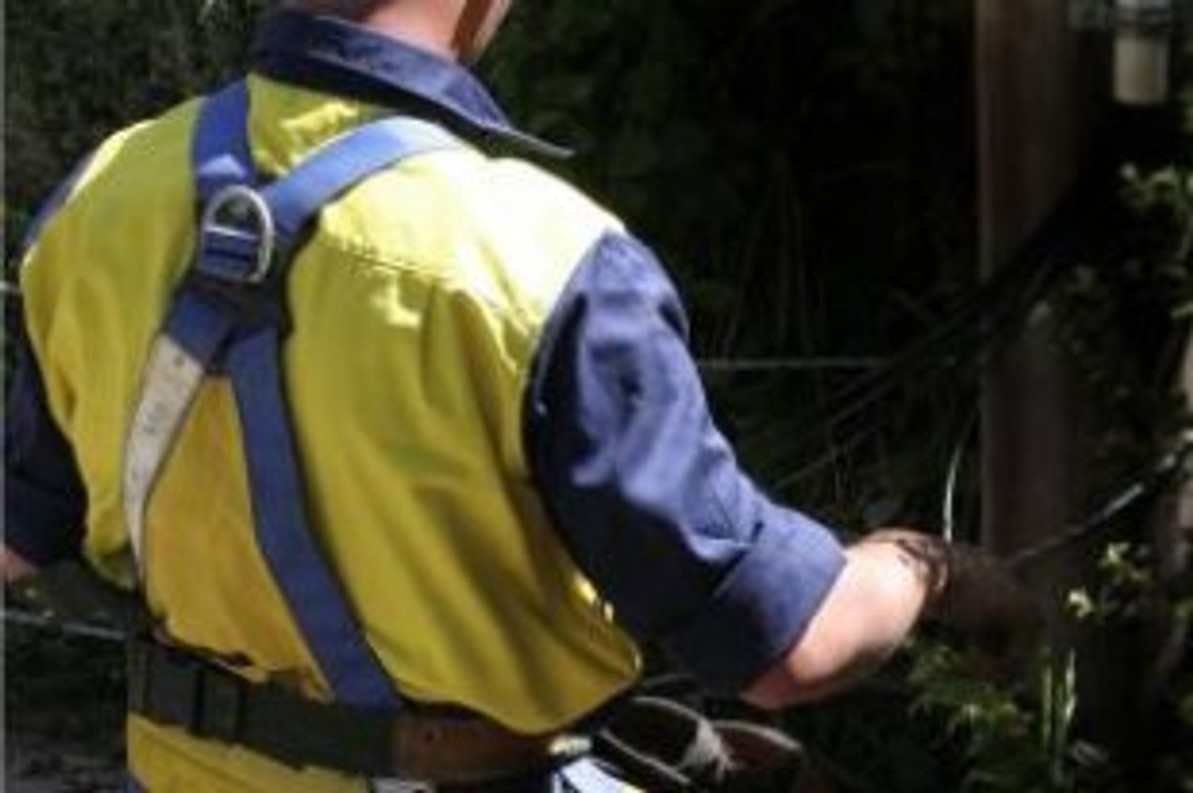AGC Recommends 13 Steps to Improve Construction Worker Safety

Construction continues to top the list of the most dangerous industries in the United States. According to the Occupational Safety and Health Administration (OSHA), 874 of the 4,251 worker fatalities reported last year were in construction. To put that number into perspective, that's roughly one in five worker deaths.
In an effort to reduce the number of work-related injuries and fatalities in the construction industry, the Associated General Contractors of American (AGC) and Carolinas Associated General Contractors (CAGC) have issued a new report in which it recommends 13 new safety measures for construction companies and crews operating throughout the country.
The AGC says cited these recommendations as being necessary to improve the safety of new workers. When new construction workers are hired, according to the AGC, there's a greater risk of injury to themselves and their c-workers.
"As new, relatively inexperienced workers come on board, it is becoming increasingly clear that we need to do more as an industry to make sure these workers do not harm themselves or their co-workers," said Brian Turmail, spokesperson for the association. "Our goal with these new recommendations is simple, to make sure every worker comes home safely to their families, every night."
So, what kind of safety improvements does the AGC and CAGC recommend for construction companies and crews? You can read the full report by clicking here, but it basically consists of the following:
- Establish a buddy system in which two construction workers watch each others back.
- Conduct safety meetings for all new workers and temporary workers.
- Ensure that all managers and supervisors have the skills necessary to convey safety in the workplace.
- Implement two separate pre-task hazard analysis programs.
- Conduct Lunch and Learn safety training programs on a monthly basis.
- Require All Foremen and/or Superintendents to attend Leadership in Safety Excellence certification courses.
- Hold training sessions to address specific workplace hazards and concerns.
- Ensure all safety training programs and materials are in languages that workers can understand.
- Train your trainers.
- Create safety guides for specific tasks.
- Create craft-specific safety mentoring programs.
- Workers should be given badges that indicate their respective level of training.
- All workers should be given permission to issue Stop Work cards to address specific safety risks.
Recent Posts
-
Fire Safety in the Workplace: What You Need to Know
What steps are you taking to prevent fires in your workplace? According to the U.S. Occupational Saf …Aug 23rd 2023 -
Is It Safe to Go Jogging With a Cold Infection?
If you're suffering from a cold infection, you might be wondering whether it's safe to go jogging. T …Aug 22nd 2023 -
5 Safety Tips to Follow When Using a Powder-Actuated Tool
Powder-actuated tools are commonly used to join materials to steel and concrete. Also known as Hilti …Aug 20th 2023




